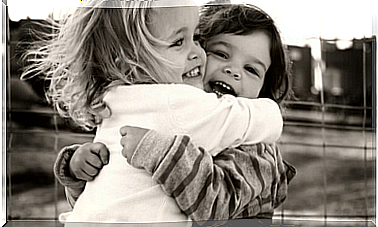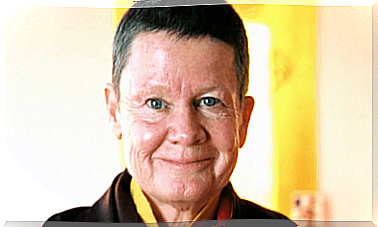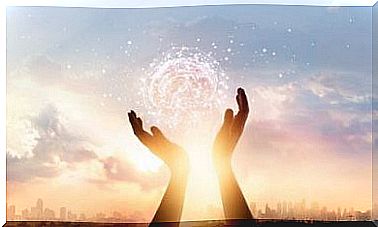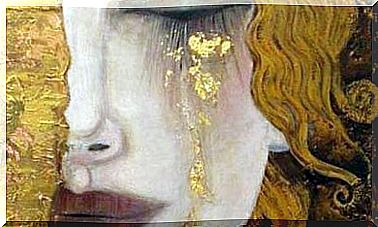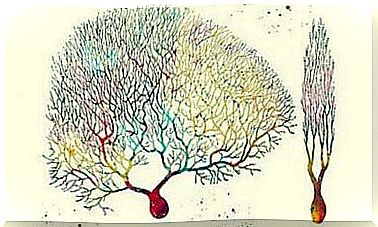Erving Goffman And The Theory Of Social Action
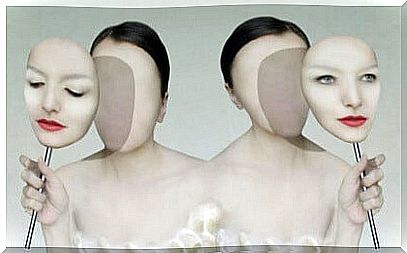
It certainly happens to you too: every time you find yourself with a friend or acquaintance, he tells you about his phenomenal life. If you notice, every time we relate to external society we are faced with thousands of profiles that reflect prosperity. To find the right perspective in front of such a partial and incomplete showcase, the point of view on the life and on the world of Erving Goffman, with his theory on social action, can be interesting.
Goffman’s work deals with an extremely complex theme: the creation of the human personality through its interaction with the surrounding environment. According to the Canadian sociologist, a large part of each person’s attitude depends on their relationships with others.
Who was Erving Goffman?
Before continuing, it is worth shedding some light on the figure of Erving Goffman. This man was a renowned Canadian psychologist and sociologist, who with his death in 1982 left us an important legacy that we will explore together today.
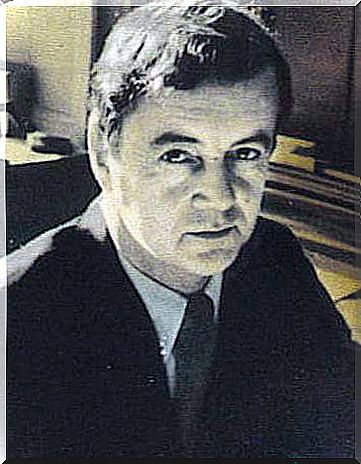
During his professional career he devoted much of his energy to participatory observation in order to study human behavior. From his research emerged theories on social interactions and the place that each person occupies within the social hierarchies.
During his career, he published several prestigious books, among which titles such as “Stigma. Identity denied ”(1963),“ Public relations. Micro-studies on public order ”(1971) or“ Daily life as representation ”(1957).
The theory of social action according to Erving Goffman
Let us now enter into the subject of Erving Goffman’s theory of social action. As already mentioned, the sociologist supports the idea that human attitudes depend on the scenarios and personal relationships we live. In this sense, we are all subjected to a continuous review of our image in front of the rest of the world.
The set of interactions that each individual carries out with the environment around him leads him to seek the definition of each situation in order to obtain control over it. Put another way, we act in a constant attempt to manipulate the impressions others will have on us.
In this case, it could be said that we are real actors who play a role in front of an audience made up of one or more people. It would seem that Goffman was not entirely wrong about it, as we all try to project a favorable image to others. In an attempt to please, be accepted, sympathize, make us hate… we all act trying to be relevant to the desired image.
According to Goffman and always in the context of his theory of social action, when we interact with others, in reality we try nothing more than to create impressions that form interference in the public. We behave in this way because we believe that those interferences will be advantageous for us, since through them we will be able to reflect the aspects of our identity that we want to reveal. Furthermore, they will show our intentionality.
The public image we project
In other words, according to Goffman’s theoretical parameters, each individual manages his relationships trying to convey the public image of himself that he wishes to project. By doing so, he creates a series of his own projections that will reign, in one way or another, in any type of communication with his potential interlocutors.
To understand ourselves better, let’s say that we would like to please and be nice to a person. To do this, we will create and project towards that person an image that we believe represents the best part of us.
Going even deeper into this theory and its examples, some psychologists find it perfect for explaining how we interact through social networks. In this regard, it can be said that we continually create representations of ourselves that reflect a positive image through videos and photographs that show our happiness.
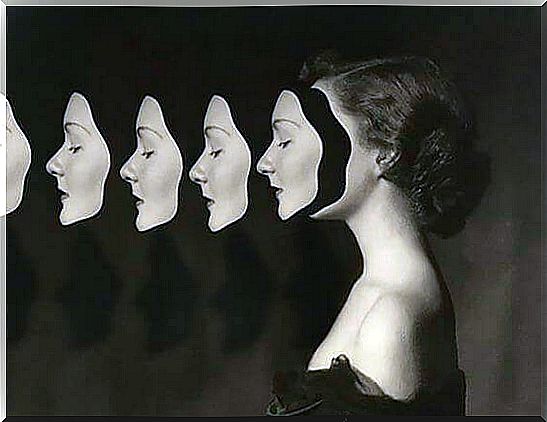
The theory of social action, therefore, would explain the different roles we interpret as a function of our social interactions and the image we wish to project. It is the way in which we seek to obtain benefits, to find a good social compromise and, ultimately, to locate our place in the world.
The game of representations
However, according to Goffman, these interactions open the way to a game of representations that never manage to portray the real identity, but rather the one dreamed, coveted or desired.
In other words, the human being could be defined as the set of public representations of himself. We use our interpretation as a marketing campaign to show others the best in us.
Finally, it should be stressed that Goffman’s theory of social action is somewhat aesthetic and as such comes to question itself. Are we really like that? Is our social world centered on the image we want to project? Are social networks just a theoretical stage?
We do not have the answers, but if we think that a billion people have a Facebook profile and that most of them show mostly moments of happiness, one would believe that the Canadian psychologist maybe he was right.

